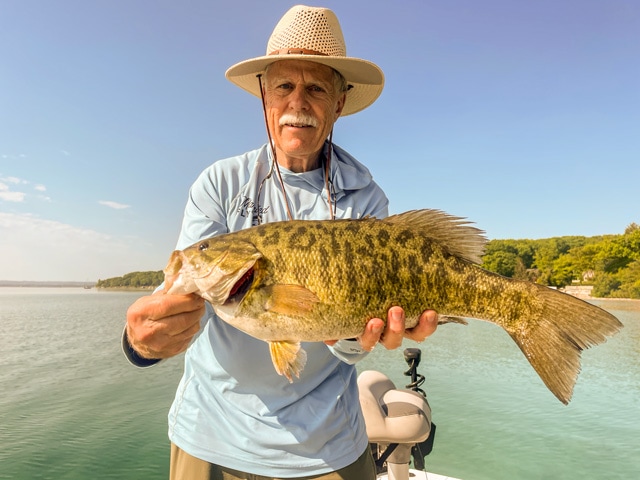Scott Sector S 8107
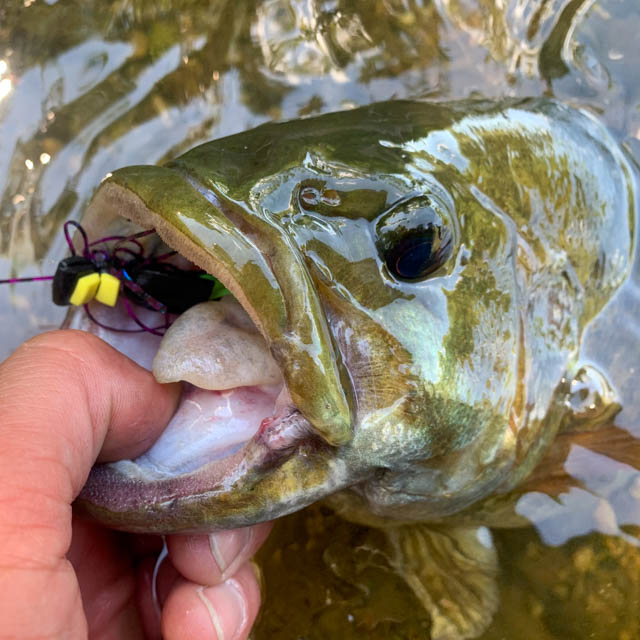
Scott Sector
The Scott Sector S 8107 is one of the newest fly rods in the Scott Fly rod line up. The Sector series is geared toward the Saltwater market. Needing a new seven weight I decided to pick up the 8 foot 10 inch 7 weight in this new series. While understanding it’s one of the fastest rod actions in their lineup, it would give me diversity in my fly rod selection. If I have to be completely honest, I tend to lean heavy on the Scott Radians.
As soon as I picked up the Scott Sector S 8107 the first words out of my mouth were “man this is light”. Being a guy that is known to break pretty much anything, having the lightest usually isn’t what I’m most thrilled about. But after taking the Sector through a Hex season on the Upper Manistee and giving it a good test during the first part of my Smallmouth Season, this rod gave me a good first impression.
Positive Feedback
Scott’s all new Carbon Web technolody improves torsional stability and rod durability by encasing the unidirectional fibers in a web of ultra-light multi-directional carbon fiber.
As I mentioned the rod is super light, and the above quote from Scott Fly Rods gives some of the techie stuff that I don’t really understand, but makes it sound super fancy. What I know is that you can cast this rod all day, especially if you balance it with a light reel. I have a Ross Revolution LTX on the Sector I am running and it seems to balance well on this rod at 4.65 oz.
The next thing I noticed with the Scott Sector S 8107 is the stripping guides. I love a big stripping guide and these are some of the largest diameter guides I can remember seeing on a 7 weight rod. The Sector features all new CeRecoil stripping guides with nickel titanium frames and super slick Zirconia inserts, along with Recoil nickel titanium snake guides for low friction and corrosion free performance. The guide sets are PVD coated in a low reflective coating for even greater durability and stealth. Large guides allow greater line speed when you cast, thus a farther cast.
The S 8107 seems to team up well with the short quick line tapers that are now common from most fly line companies. I’ve been running the SA Glow Line during my Hex Hatch season, which is on the Frequency Magnum taper, and the SA Bass Bug Taper for my smallmouth fishing trips. These rods have very little swing weight and are great with short head lines.
8 Foot 10
I decided to go with the S 8107 because smallmouth bass was the main target for this rod, having a quick responding easy casting rod that can quickly fire into small pockets is what I was looking for with the Scott Sector S 8107. This is exactly the situation in which the Sector excels. This rod is fast, much faster than the Scott Radians, which I have to note here again is my personal favorite trout rod!
When I’m fishing topwater flies for Smallmouth Bass I like to make longer casts, chugging or popping the popper a few feet off the bank, and then quickly picking up the line and firing it back towards the shore. No complaints when it comes to picking up longer amounts of line with the Sector. This rod has handled every range of casts I have thrown at it.
Cons
Really the only cons of the Scott Sector S 8107 are some minor points, but really they are little facts about the rod that it actually wasn’t designed to do anyway. The rod seems too fast for dry flies and casting at slow rising trout isn’t really in its wheel house. While as a mousing stick I think it will work out about perfect, but jet setting on a trout with this quick stick seems to be a common occurrence. Also I wouldn’t buy this length if I planned on roll casting, the Sector is designed to be fast, so roll casting isn’t really what it’s known for. Also because the rod fishes so well with the short head fly lines we already mentioned, those lines to are not going to help you in the roll cast department either.
Overall Review
While the new Scott Sector S 8107 isn’t going to take the place of my Scott Radians during the Hex Hatch or even on my next trout streamer trip, it defiantly has a place in my arsenal. Especially when I know it’s going to be a long day of casting, the rod is so light and so far very durable. It casts tight loops, throws poppers and frogs into heavy cover, and has plenty of power to pull smallmouth bass away from logs and stumps. It’s going to be a great rod next time I get to travel again to the salt. If your looking for a fast rod the Sector should be first on your list of new fly rods to cast, so please go check one out at your Local Fly Shop.

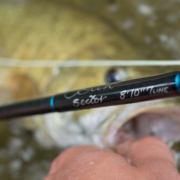

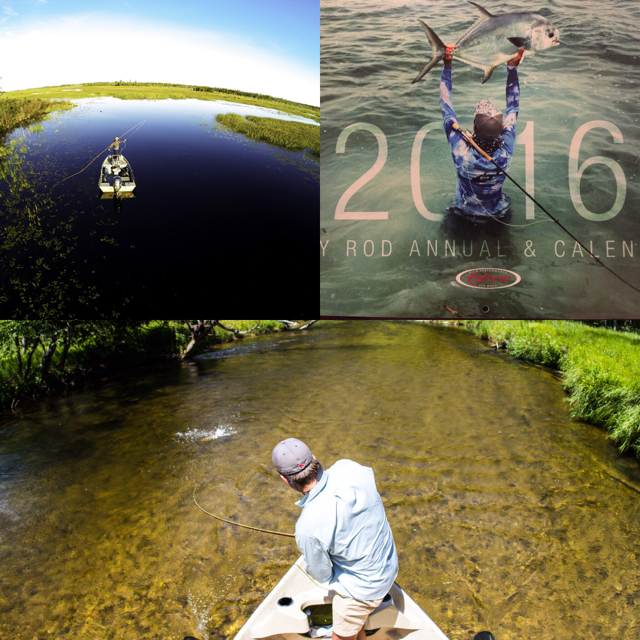
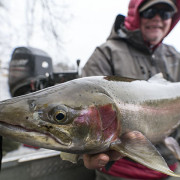
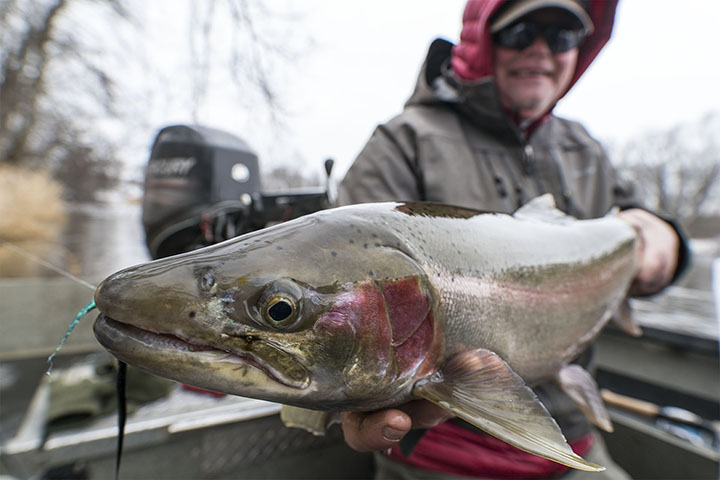
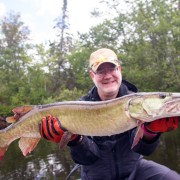
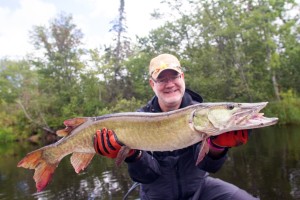 n, get my head in the game and BOAT THIS ONE! But she’s solid, and she’s not happy to find that the tasty perch she was expecting was actually a mass of feathers and flash with a hook in the middle. The funny part is that I don’t have a strong recollection of the fight, other than it being a good one. What I remember is the eat. Before long, I’ve got her boatside, Jon makes a good scoop with the net, and we quickly realize, I’ve accomplished the goal in Muskie Madness; the first “real” fish landed. She tapes out at a solid 36”. After a few pictures and a careful release, I am spent. My body is still trying to process what just happened. My heart in my throat. And an amazing feeling of elation. This is why we endure hours casting heavy lines, big flies, and fighting wind and cold. All for a few seconds of powerful elation.
n, get my head in the game and BOAT THIS ONE! But she’s solid, and she’s not happy to find that the tasty perch she was expecting was actually a mass of feathers and flash with a hook in the middle. The funny part is that I don’t have a strong recollection of the fight, other than it being a good one. What I remember is the eat. Before long, I’ve got her boatside, Jon makes a good scoop with the net, and we quickly realize, I’ve accomplished the goal in Muskie Madness; the first “real” fish landed. She tapes out at a solid 36”. After a few pictures and a careful release, I am spent. My body is still trying to process what just happened. My heart in my throat. And an amazing feeling of elation. This is why we endure hours casting heavy lines, big flies, and fighting wind and cold. All for a few seconds of powerful elation.